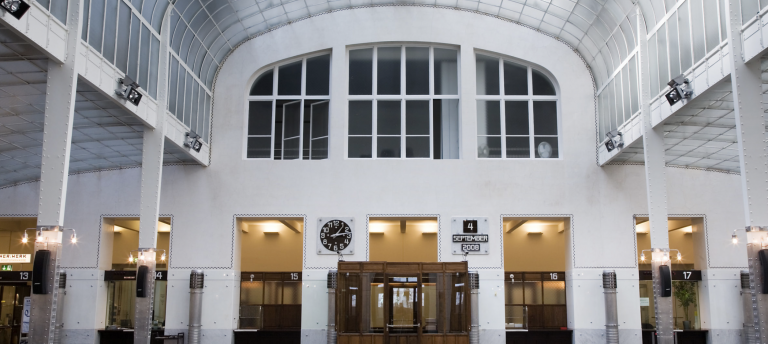Joseph Schumpeter’s concept of “creative destruction” describes the process by which new innovations disrupt and replace outdated industries and economic structures. This relentless cycle of innovation is essential for economic growth and progress. However, in the real estate industry, the application of creative destruction through technology faces unique challenges. Schumpeter’s theory posits that economic development arises from the destruction of old structures and the creation of new ones. This process is driven by entrepreneurial innovation, which introduces new products, services, and business models that render existing ones obsolete. While this cycle can lead to short-term disruptions, it ultimately fosters long-term economic growth and efficiency.
In the real estate industry, creative destruction manifests through the transformation of properties and the adoption of new technologies. Examples include converting old industrial sites into modern residential or commercial spaces, transforming obsolete office buildings into mixed-use developments or residential units, implementing green building technologies and practices to create energy-efficient properties, and the rise of prefabricated homes. Prefabricated homes, also known as modular homes, are manufactured in factories and assembled on-site. They offer advantages such as lower basic prices, faster construction times, and less dependency on weather conditions. However, they also come with challenges like limited design freedom and potential durability issues.
Despite the potential benefits, several factors make creative disruption through PropTech challenging in the real estate industry. Real estate projects often require significant upfront investment, and the high cost of property acquisition, development, and renovation can be a barrier to adopting innovative technologies and practices. Additionally, real estate development is heavily regulated, with strict zoning laws and building codes. Navigating these regulations can be time-consuming and costly, hindering the rapid implementation of new technologies.
The real estate market is traditionally slow to change, with established practices and resistance to change among stakeholders impeding the adoption of innovative solutions. Real estate projects have long development timelines, from planning and approval to construction and occupancy, which can delay the impact of new technologies and innovations. The industry is highly fragmented, with numerous stakeholders including developers, investors, contractors, and regulators, making it challenging to coordinate innovation across such a diverse group. Integrating new technologies into existing real estate infrastructure can be complex and costly, with issues such as data interoperability, cybersecurity, and system compatibility needing to be addressed.
For developers working out of a garage or small startup environment, these challenges are even more pronounced. Small developers often lack the financial resources to compete with established firms, and the high capital requirements for real estate projects can be prohibitive. Real estate development requires specialized knowledge in areas such as architecture, engineering, and regulatory compliance, which small developers may struggle to access. Established real estate firms have extensive networks and influence, which can be crucial for navigating regulatory hurdles and securing prime locations, while small developers may find it difficult to build these connections.
Innovative solutions from small developers need to be scalable to have a significant impact, but real estate projects often require large-scale implementation, which can be challenging for small teams.
Despite these challenges, there are successful examples of PropTech driving creative disruption in real estate. The integration of IoT devices to create smart buildings that optimize energy use, enhance security, and improve occupant comfort, the use of virtual reality and augmented reality for virtual property tours, and the implementation of blockchain for secure and transparent property transactions are all examples of how PropTech can transform the industry. Prefabricated homes also represent a significant innovation, offering a faster and potentially more cost-effective way to build homes.
While Schumpeter’s creative destruction offers a powerful framework for understanding economic progress, its application in the real estate industry faces significant hurdles. High capital requirements, regulatory constraints, market inertia, long development cycles, industry fragmentation, and technological integration challenges all contribute to the difficulty of driving creative disruption in this sector. For developers working out of a garage, these challenges are even more pronounced due to limited resources, access to expertise, networking, and scalability issues. However, as successful case studies demonstrate, overcoming these challenges can lead to significant advancements and efficiencies in real estate. By recognizing and addressing these barriers, stakeholders in the real estate industry can better harness the potential of PropTech to drive innovation and growth, aligning with Schumpeter’s vision of creative destruction.


